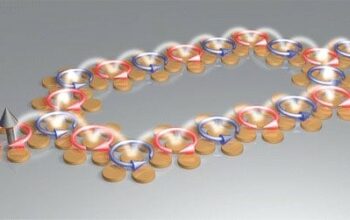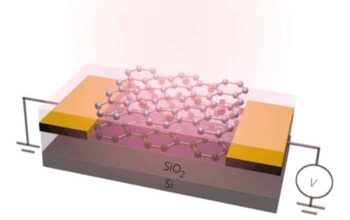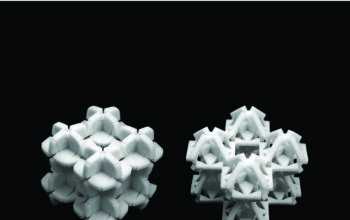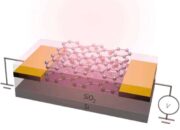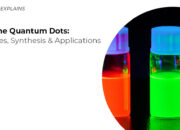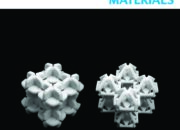In recent years, innovations in materials science have yielded remarkable advancements in the domain of smart surfaces, particularly through the utilization of double graphene coats. Graphene, a one-atom-thick layer of carbon atoms arranged in a two-dimensional honeycomb lattice, possesses extraordinary mechanical, electrical, thermal, and optical properties. When applied as a coating, graphene significantly enhances the functionalities of surfaces. The exploration of double graphene coats, consisting of two distinct layers of graphene, is an exciting area of research that opens new avenues in various applications, from lubricated surfaces to electronic devices.
The primary focus of this article is the synergistic effects engendered by employing double layers of graphene. The first section delves into the fundamental aspects of graphene, elucidating its crystalline structure, bonding characteristics, and intrinsic properties. Subsequently, a detailed examination of the advantages of double graphene coats is undertaken, encompassing aspects like improved durability, enhanced lubricity, and tailored surface characteristics. Notably, the applications of these materials in smart surfaces, particularly in coatings applied to everyday objects such as technology interfaces and multifunctional surfaces, will be emphasized.
Graphene’s structure is pivotal to understanding its remarkable capabilities. Each carbon atom in graphene is covalently bonded to three other carbon atoms, resulting in strong in-plane bonding. The remaining p-orbital of each carbon atom contributes to a delocalized electron cloud, which endows graphene with exceptional electrical conductivity. Additionally, its thermal conductivity surpasses that of copper, while its tensile strength is over 200 times that of steel. These fundamental characteristics form the backbone of graphene’s applicability as a coating material and are amplified when considering multilayer configurations.
When a second layer of graphene is introduced in the form of a double coat, the interactions between the two layers can be harnessed to produce unique surfaces. This phenomenon is closely related to the concept of van der Waals forces and interlayer coupling, which may lead to novel electromagnetic or surface chemical phenomena. For instance, the interlayer spacing and orientation can be manipulated to create surfaces that are not only slippery but also resistant to wear and corrosion.
The primary benefit of double graphene coatings lies in the amelioration of surface lubricity. The inherent properties of graphene allow for minimal friction when in contact with liquids or solids, rendering surfaces exceptionally non-stick. This characteristic is particularly advantageous in applications requiring reduced resistance and enhanced efficiency, such as in machinery components or automotive parts where lubrication is critical. The inclusion of a second graphene layer amplifies this effect, resulting in surfaces that retain their slippery nature over prolonged usage, a vital requirement in high-stress environments.
Moreover, double graphene coatings exhibit enhanced durability and protective capabilities. The combination of two layers can create a robust barrier against environmental factors, including moisture, oxygen, and various reactive species. This resistance translates to extended service life for coated materials, making them ideal for applications in harsh conditions, such as aerospace or marine environments, where longevity and reliability are paramount.
Another significant advantage of double graphene coats lies in their ability to be tailored to achieve specific electrochemical or thermal properties. For example, altering the thickness or arrangement of the graphene layers can modulate their electrical conductivity, opening doors for applications in sensors or flexible electronics. Additionally, the heat dissipation properties can be finely adjusted, crucial for devices that generate substantial heat during operation, such as power electronics and high-performance computing systems. Thus, the versatility of double graphene coatings provides a powerful tool for material scientists and engineers looking to optimize surface interactions.
The application of double graphene coats extends beyond conventional industrial uses. In the realm of consumer products, smart surfaces exhibiting enhanced properties due to these coatings have begun to revolutionize everyday objects. Consider a smartphone case treated with a double graphene layer, which not only offers superior protection against scratches but also facilitates self-cleaning capabilities by minimizing adherence of dirt and oils. Such advancements reflect a convergence of technology and material science, where the application of graphene can significantly elevate user experience.
Furthermore, the development of double graphene coats facilitates the design of multifunctional surfaces. Integration with other materials or coatings can yield surfaces that possess combined attributes, such as antimicrobial properties alongside enhanced slip characteristics. This amalgamation of functionalities aligns with the increasing demand for smart materials capable of performing numerous tasks, thus expanding their applicability within the healthcare sector, sanitation, and hygiene-focused industries.
In conclusion, double graphene coats epitomize the intersection of advanced material properties and innovative surface technologies. Their unique characteristics render them invaluable for a vast array of applications, particularly in industries emphasizing durability, functionality, and user interaction. As research progresses and methods for scalable production improve, the potential for these slippery surfaces will undoubtedly expand, paving the way for next-generation smart surfaces that transform industry standards and consumer expectations alike. The intriguing properties and versatility of double graphene coats stand at the forefront of materials science, heralding a new era of technological advancements.


